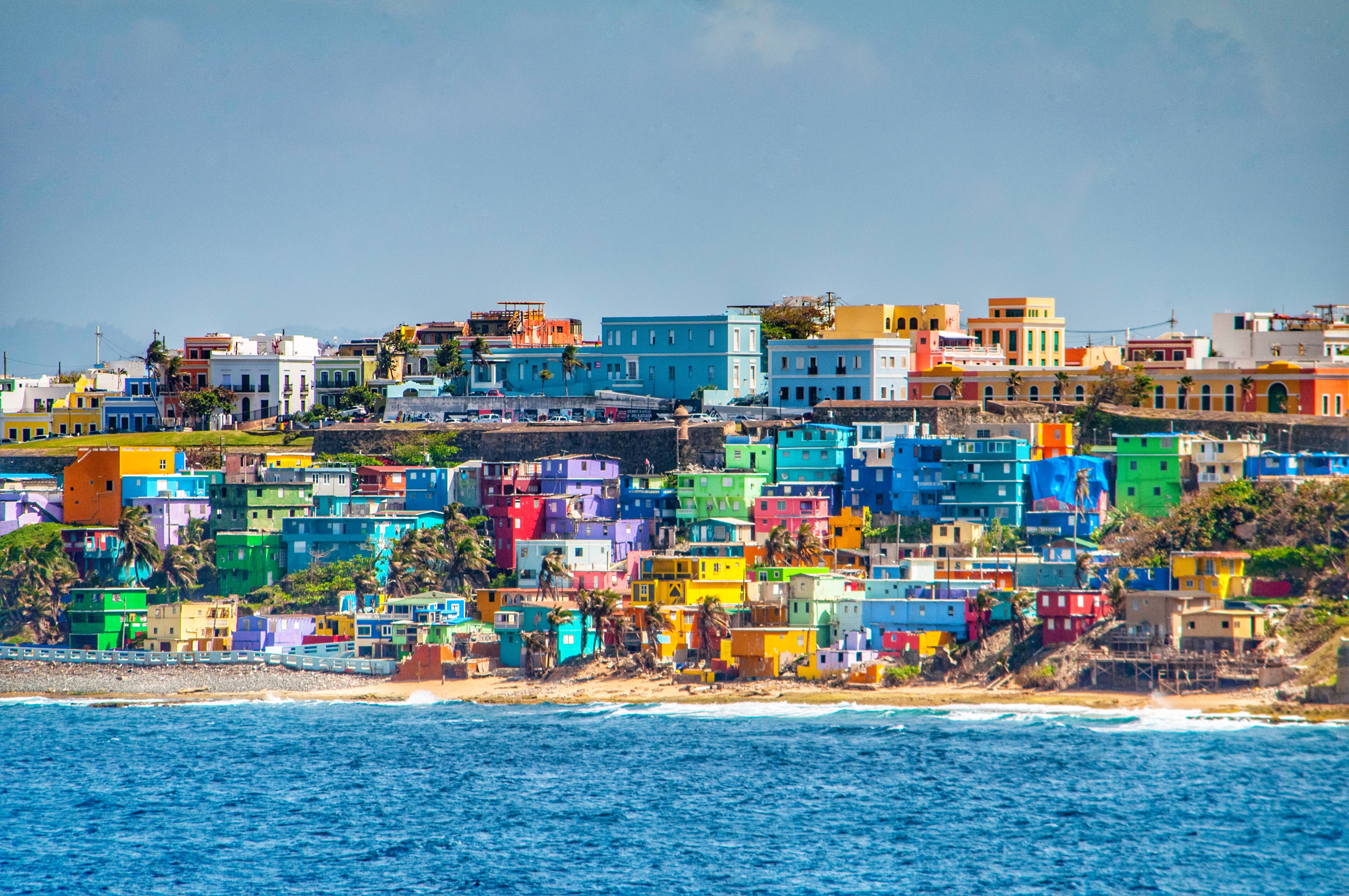History and Culture of Puerto Rico

Puerto Rico’s rich history and vibrant culture are a tapestry woven from the threads of its indigenous Taíno roots, Spanish colonial legacy, and African influences. This unique blend has shaped the island’s identity, creating a vibrant and diverse society.
Puerto Rico, an enchanting island in the Caribbean, has a vibrant culture and rich history. However, the island is also prone to tropical storms, and residents need to stay informed about potential threats. For the latest updates on Tropical Storm Beryl, check out the tropical storm beryl spaghetti models.
These models provide valuable insights into the storm’s projected path and intensity, helping Puerto Ricans prepare accordingly.
Indigenous Heritage
Before the arrival of Europeans, Puerto Rico was inhabited by the Taíno people, who had a complex social structure, agricultural practices, and spiritual beliefs. Their legacy lives on in the island’s place names, traditions, and cultural practices.
Spanish Colonization, Puerto rico
In 1493, Christopher Columbus claimed Puerto Rico for Spain, marking the beginning of a period of colonial rule that lasted over 400 years. Spanish influence is evident in the island’s language, architecture, and religious traditions.
Puerto Rico is a beautiful island in the Caribbean Sea. It is a popular tourist destination, and is known for its stunning beaches, lush rainforests, and vibrant culture. If you are looking for a tropical getaway, puerto rico is the perfect place for you.
African Influence
During the 16th and 17th centuries, enslaved Africans were brought to Puerto Rico to work on sugar plantations. Their arrival introduced new cultural elements to the island, including music, dance, and religious practices.
Art, Music, and Literature
Puerto Rican art, music, and literature reflect the island’s diverse heritage. Notable artists include painter Francisco Oller and sculptor Lorenzo Homar. Salsa, plena, and bomba are popular musical genres, while renowned writers include Julia de Burgos and Giannina Braschi.
Tourism and Attractions in Puerto Rico

Puerto Rico is a captivating Caribbean island brimming with diverse natural wonders and rich cultural heritage. From pristine beaches to lush rainforests and historic cities, the island offers a myriad of attractions to satisfy every traveler’s desire. Explore the vibrant streets of Old San Juan, marvel at the bioluminescent waters of Mosquito Bay, or trek through the verdant El Yunque National Forest.
Beaches
Puerto Rico boasts an array of breathtaking beaches, each offering its unique charm. Relax on the white-sand shores of Flamenco Beach on Culebra Island, renowned for its crystal-clear waters and vibrant coral reefs. Venture to the secluded Crash Boat Beach in Aguadilla for thrilling water sports like jet skiing and snorkeling. For a more serene experience, visit the palm-fringed Luquillo Beach, perfect for sunbathing and swimming.
Rainforests
Immerse yourself in the lush embrace of El Yunque National Forest, the only tropical rainforest in the U.S. National Forest System. Hike along winding trails, marvel at towering waterfalls, and spot exotic wildlife like the endangered Puerto Rican parrot. Explore the enchanting Guajataca Forest in the northwest, renowned for its limestone caves and subterranean rivers.
Historical Sites
Puerto Rico’s rich history is evident in its many historical sites. Step back in time at the Castillo San Felipe del Morro, a majestic Spanish fortress guarding the entrance to San Juan Bay. Discover the vibrant culture of the island at the Museo de Arte de Puerto Rico, showcasing a diverse collection of local and international art. Explore the cobblestone streets of Old San Juan, a UNESCO World Heritage Site, and admire its colonial architecture and charming plazas.
Economy and Infrastructure of Puerto Rico

Puerto Rico’s economy has faced challenges in recent years, including high levels of public debt and unemployment. However, the island also has a number of opportunities for growth, such as its strategic location and its educated workforce.
The major industries that drive the Puerto Rican economy include tourism, manufacturing, and agriculture. The island’s infrastructure is well-developed, with a modern transportation system, a reliable energy grid, and a robust communications network.
Major Industries
- Tourism: Puerto Rico’s tourism industry is one of the most important sectors of the economy, accounting for over 10% of GDP. The island’s beautiful beaches, lush rainforests, and rich culture attract millions of visitors each year.
- Manufacturing: Puerto Rico is a major manufacturing hub, with a strong presence in the pharmaceutical, electronics, and apparel industries. The island’s skilled workforce and tax incentives make it an attractive location for manufacturers.
- Agriculture: Agriculture is an important part of the Puerto Rican economy, with the island producing a variety of crops, including sugar, coffee, and tobacco.
Infrastructure
Puerto Rico’s infrastructure is well-developed, with a modern transportation system, a reliable energy grid, and a robust communications network.
- Transportation: Puerto Rico has a well-developed transportation system, with a network of highways, roads, and bridges. The island is also served by several airports and seaports.
- Energy: Puerto Rico’s energy grid is reliable and provides electricity to the entire island. The island is also exploring renewable energy sources, such as solar and wind power.
- Communications: Puerto Rico has a robust communications network, with high-speed internet access and a variety of telecommunications services.